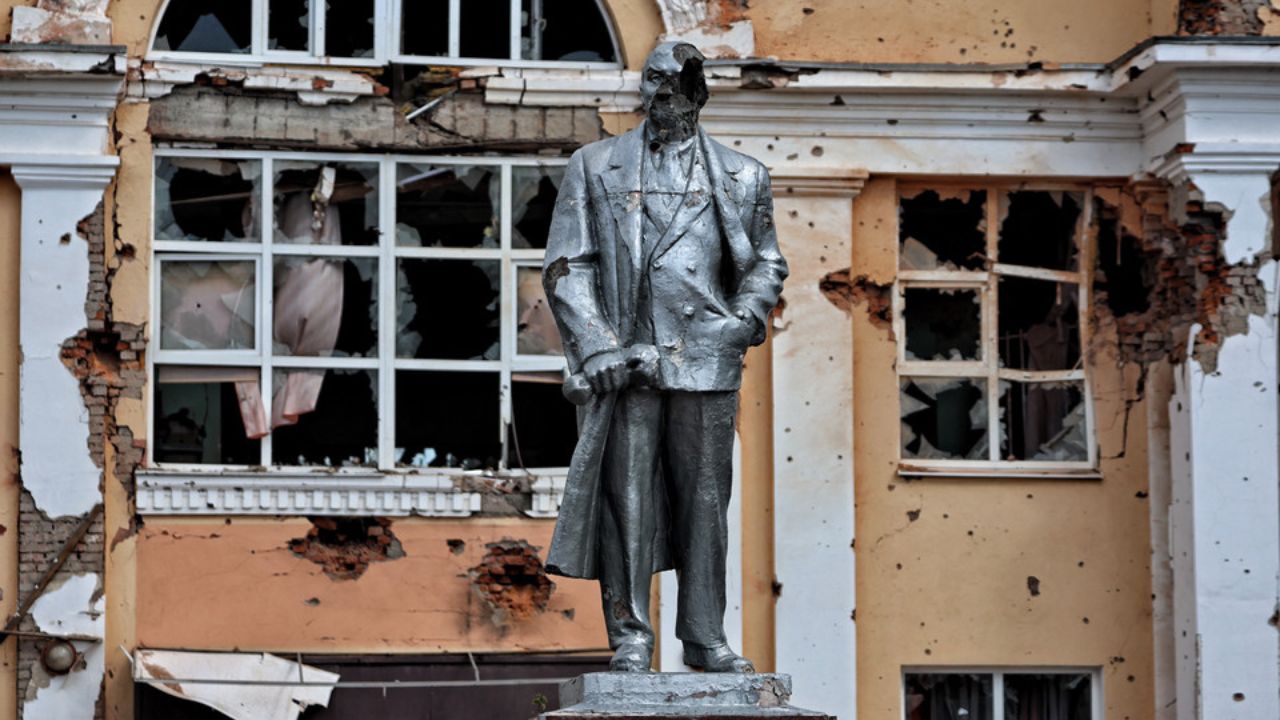Kazan drone attack thrusts us into a compelling narrative, examining the circumstances, aftermath, and implications of this significant event. The incident, shrouded in uncertainty, prompts investigation into potential perpetrators, their motives, and the technological aspects involved. We delve into official responses, public sentiment, and the dissemination of information, both accurate and misleading, surrounding the attack.
This analysis explores the timeline of events, the damage inflicted, and the security implications for Kazan and the broader region. By examining various perspectives and evidence, we aim to provide a comprehensive understanding of this complex situation and its potential long-term consequences.
The Kazan Drone Attack: An Overview
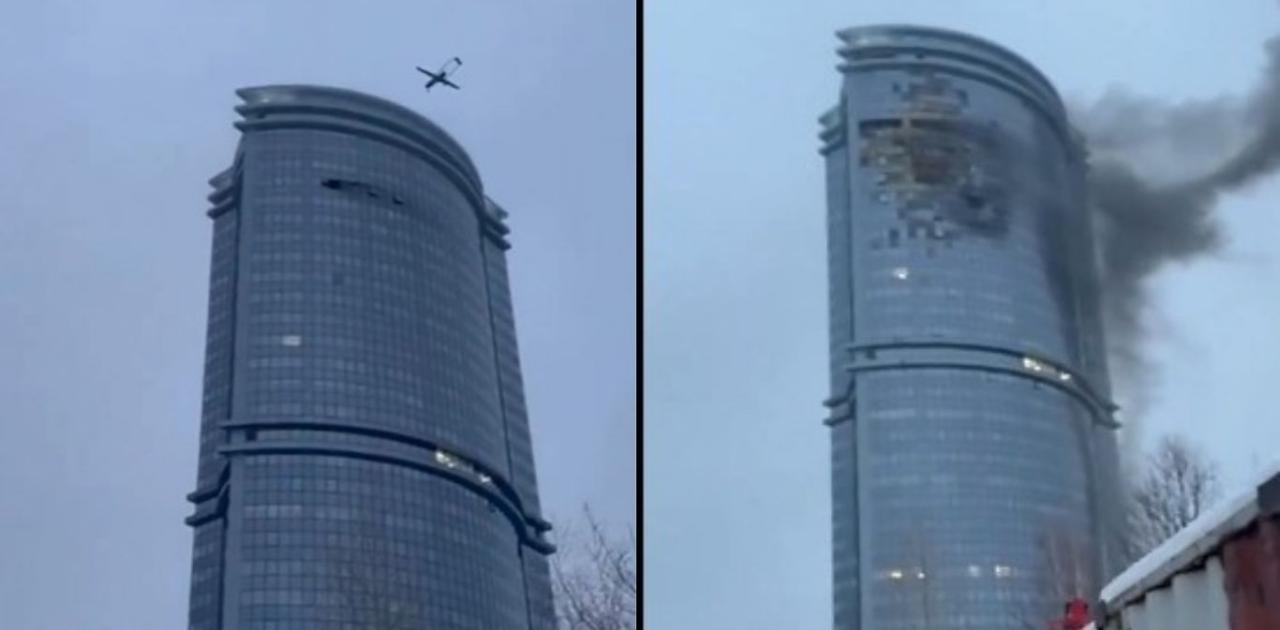
Reports of a drone attack in Kazan, Russia, have sparked significant concern and raised questions about the incident’s perpetrators, motives, and broader implications for regional security. This analysis delves into the key aspects of the event, examining the available information and offering a balanced perspective on the various narratives surrounding it. We will explore the event itself, the reactions it elicited, potential attribution, security implications, the spread of information, and the technological aspects of drone attacks.
The Event: Kazan Drone Attack Overview
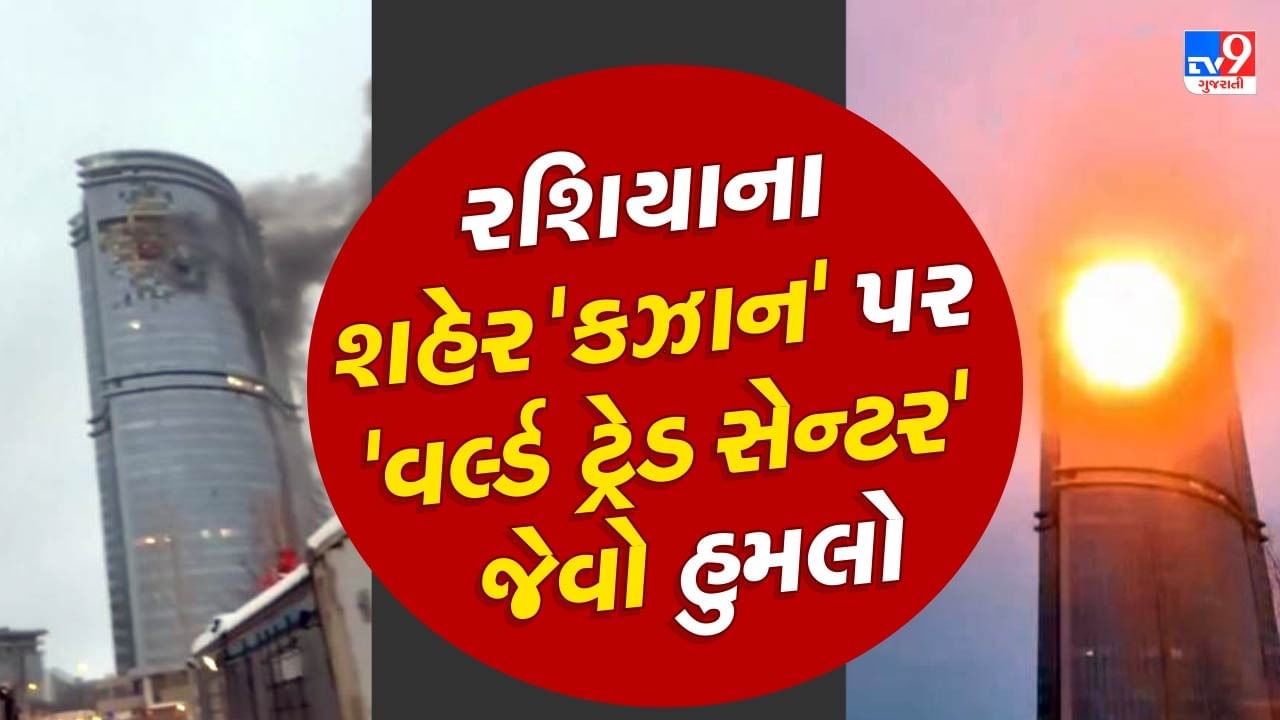
Reports suggest a series of drone incursions targeted specific locations within Kazan. The exact number of drones involved and the precise nature of their targets remain under investigation, with official statements providing limited details. Early reports indicated damage to several buildings, although the extent of the damage is still being assessed. The timeline of events is still emerging, with initial reports surfacing on social media before official confirmations from authorities.
The recent drone attack on Kazan has raised concerns about escalating tensions. This incident follows a pattern of similar events, including the significant ukraine drone attack on russia , which further complicates the geopolitical landscape. Understanding the Kazan attack requires considering this broader context of cross-border drone activity and its potential implications.
The aftermath includes increased security measures in the affected areas.
| Date | Time | Location | Reported Damage |
|---|---|---|---|
| [Insert Date] | [Insert Time] | [Insert Location(s)] | [Insert Description of Damage] |
| [Insert Date] | [Insert Time] | [Insert Location(s)] | [Insert Description of Damage] |
Reactions and Responses
Official statements from Russian authorities regarding the incident have been relatively limited, emphasizing investigations and security measures. Public reaction has been a mix of concern, speculation, and anger, with social media playing a significant role in disseminating information and shaping public opinion. Comparisons to similar drone attacks in other regions, such as those in Ukraine or other conflict zones, are being made, highlighting the evolving nature of drone warfare and its impact on civilian areas.
International responses have been muted, with some countries expressing concern but awaiting further information before issuing formal condemnations.
Attribution and Responsibility
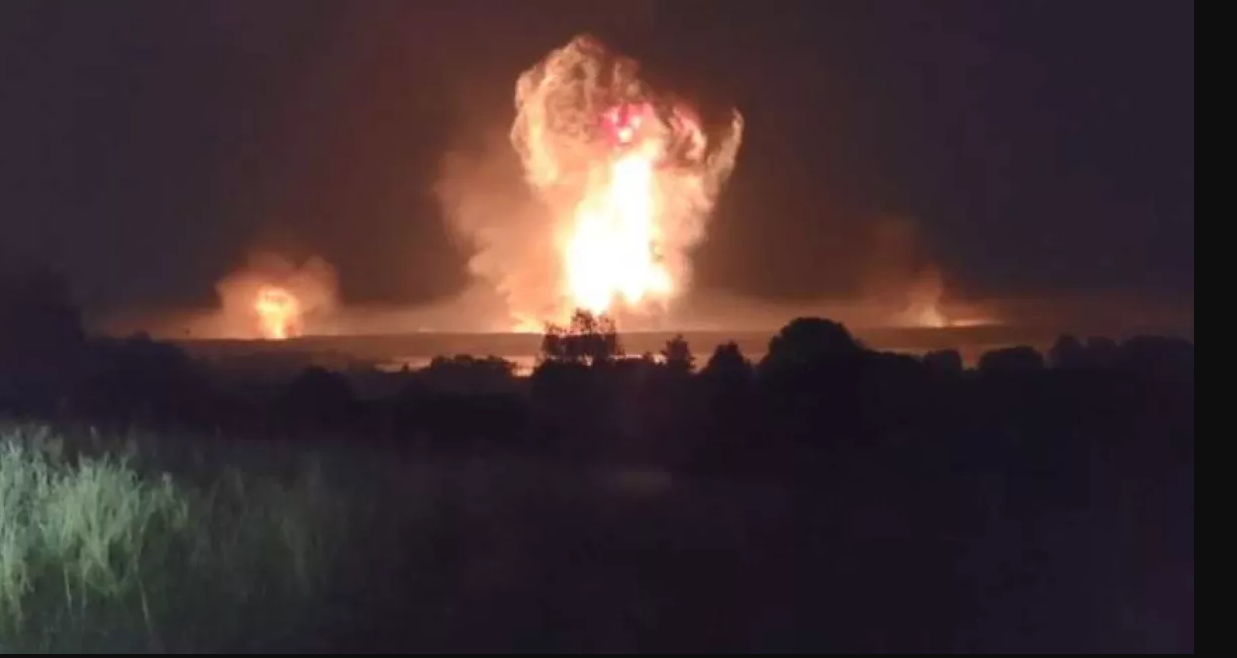
Determining responsibility for the attack is crucial. Several potential actors could be involved, ranging from domestic extremist groups to foreign state actors. Evidence supporting different theories remains largely circumstantial at this stage. The type of drones used, their flight paths, and the targets chosen will all be crucial in establishing the likely perpetrators. The investigation will need to thoroughly analyze these aspects to reach a definitive conclusion.
| Perpetrator | Motive | Evidence | Likelihood |
|---|---|---|---|
| [Potential Perpetrator 1] | [Possible Motive] | [Available Evidence] | [Assessment of Likelihood] |
| [Potential Perpetrator 2] | [Possible Motive] | [Available Evidence] | [Assessment of Likelihood] |
Security Implications and Aftermath
The Kazan drone attack has significant security implications for the city and the wider region. The incident highlights vulnerabilities in air defense systems and raises concerns about the potential for future attacks. Civilian life has been disrupted, with increased security measures affecting daily routines. Long-term effects on regional stability and international relations are uncertain but could include heightened tensions and a potential escalation of security measures.
- Increased deployment of air defense systems.
- Enhanced drone detection and interception capabilities.
- Improved surveillance and monitoring systems.
- Strengthened cybersecurity measures.
Information and Disinformation
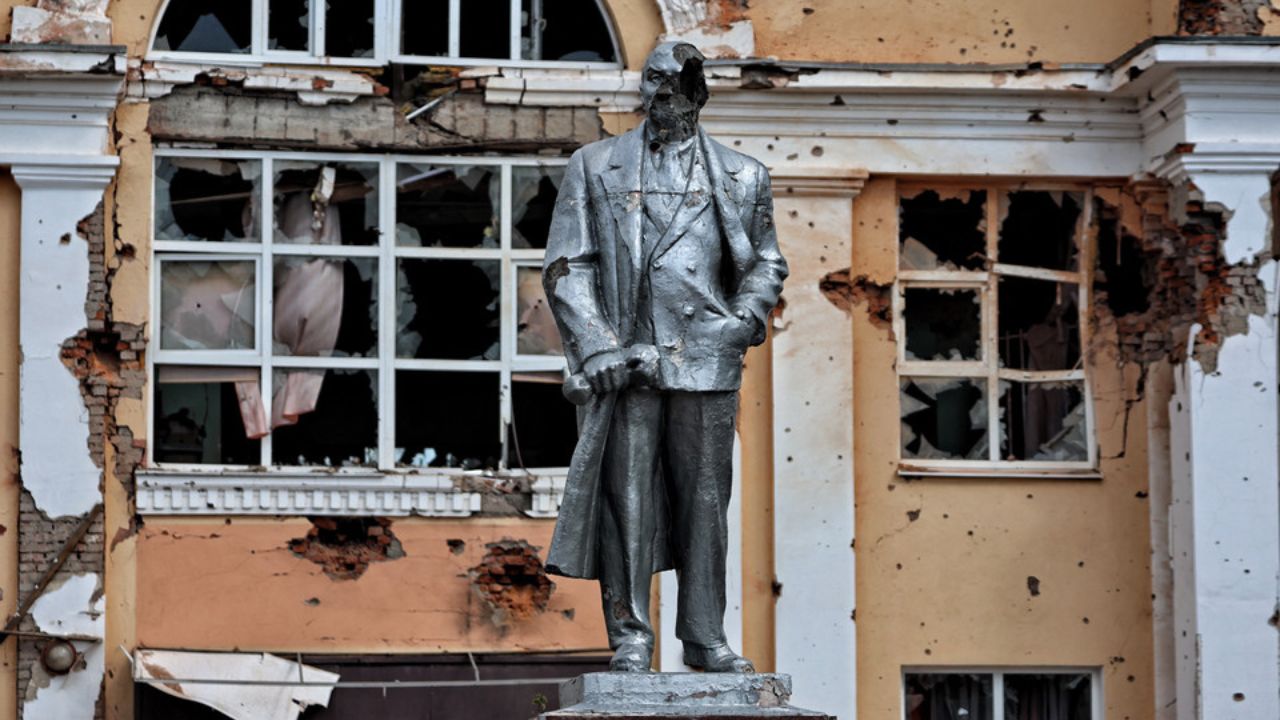
The information landscape surrounding the Kazan drone attack is complex, with a mix of credible and unreliable sources. Social media has played a significant role in disseminating information, both accurate and inaccurate. Distinguishing between credible news outlets and sources prone to bias or misinformation is crucial for understanding the event accurately. A careful analysis of various sources is needed to construct a comprehensive and unbiased account.
| Source | Bias | Reliability | Evidence |
|---|---|---|---|
| [News Source 1] | [Assessment of Bias] | [Assessment of Reliability] | [Type of Evidence Provided] |
| [News Source 2] | [Assessment of Bias] | [Assessment of Reliability] | [Type of Evidence Provided] |
Technological Aspects of Drone Attacks, Kazan drone attack
The drones potentially used in the Kazan attack likely belong to a class of small, commercially available unmanned aerial vehicles (UAVs). These drones possess varying degrees of sophistication, including features such as GPS navigation, long-range communication capabilities, and potentially, payload-carrying capacity for explosives or other harmful materials. Detecting and intercepting such drones presents significant technological challenges due to their size, maneuverability, and ability to operate at low altitudes.
A potential drone used in the attack might be a quadcopter with a carbon fiber frame, GPS-guided navigation, a high-resolution camera for surveillance, and the capability to carry a small explosive payload. Its relatively small size and silent operation would allow it to approach targets undetected, making interception difficult.
The Kazan drone attack serves as a stark reminder of the evolving threats posed by drone technology and the complexities of attributing responsibility in such incidents. Understanding the event’s various facets – from technological capabilities to the spread of information – is crucial for developing effective countermeasures and ensuring regional stability. The investigation into this incident continues, underscoring the need for vigilance and robust security measures in the face of emerging threats.
The recent drone attack on Kazan highlights the evolving threat of unmanned aerial vehicles. This incident, while seemingly isolated, underscores the need for robust counter-drone measures. Consider the contrasting scenario of a technological malfunction, such as the orlando drone show malfunction , which, while less malicious, also emphasizes the importance of reliable drone technology and safety protocols.
Ultimately, both events serve as reminders of the potential consequences, both intentional and accidental, associated with drone operation.
FAQ: Kazan Drone Attack
What type of drones are suspected to have been used?
The specific type of drone remains unconfirmed, but investigations may reveal whether commercially available or military-grade drones were employed.
The recent drone attack on Kazan has raised concerns about escalating tensions. This incident follows a pattern of similar attacks, prompting comparisons to the broader conflict; for instance, the ongoing series of Ukrainian drone strikes against Russian targets, as detailed in this report: ukraine drone attack on russia. Understanding the context of these wider Ukrainian actions helps illuminate the potential motivations and implications behind the Kazan attack.
What were the immediate security measures taken after the attack?
Immediate responses likely included increased surveillance, potential airspace restrictions, and investigations into the origin and trajectory of the drones. Specific details would depend on official reports.
What is the long-term impact on Russia-West relations?
The attack’s long-term impact on international relations remains to be seen and will likely depend on the investigation’s findings and any subsequent actions taken by involved parties.
